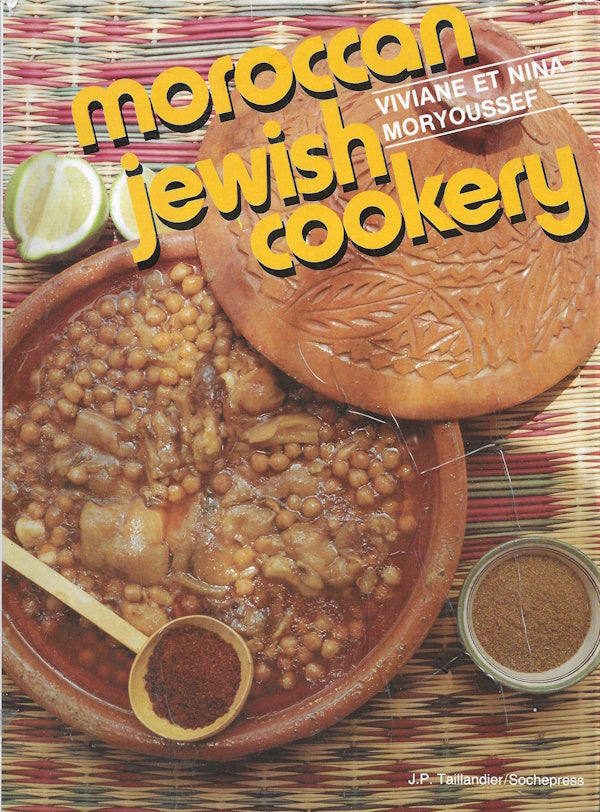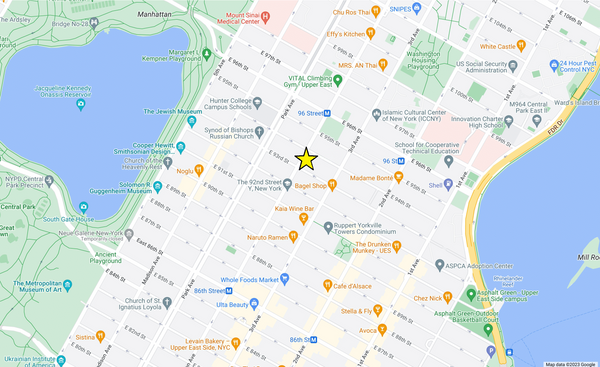OP: Moroccan Jewish Cookery
Though there had been a Jewish presence in Morocco since antiquity, the population swelled in the 15th century when Jews were expelled from nearby Spain.
After WWII and the establishment of Israel, however, the Jewish population in Morocco dispersed once again, and the distinct food culture developed over centuries there risked fading from the collective memory.
Drawing primarily on the recipes of her mother-in-law’s upbringing in Essaouira (formerly Mogador), Viviane Moryoussef’s Moroccan Jewish Cookery (1983) is a record of the dishes of that vanishing population. Her target audience is people of Jewish-Moroccan descent who retain a frame of reference for the dishes.
Here Spanish, North African, and Jewish traditions converge, creating a new, distinct cuisine.
For example, angel’s hair jam—calling for an Essaourian varietal of squash, but easily substituted with spaghetti squash—is a clear descendant of the Spanish preserve cabello de angel. Similarly, the m’hemmer omelette is evocative of the Spanish tortilla.
The tchoutchouka (shakshuka) is recognizably Moroccan, as is harira—a stew traditionally eaten by Muslims for Iftar, the fast-breaking evening meal of Ramadan and which Moroccan Jews adapted for Yom Kippur.
Skhina—the slow-cooked stew started on Friday night for Saturday’s midday meal—receives a dedicated 7-pages of instruction and commentary, denoting its importance. This Moroccan variation on cholent calls for eggs, potatoes, rice, chickpeas, and fatty meat, though the dish is adaptable to whatever ingredients are on hand.
Published simultaneously in both French and English, this is an uncommon title in either language. We are pleased to be able to offer it here in English in Near Fine condition. The jacket shows minor shelfwear, though the laminate used for the glossy finish is bubbling and rippling on the front. A previous owner's name is stamped on the bottom edge. Supported by color photography and plenty of recipes for preserves, fish, meat, offal, baked goods, and holiday fare, Moroccan Jewish Cookery is an exciting foray into the Sephardic diaspora.

